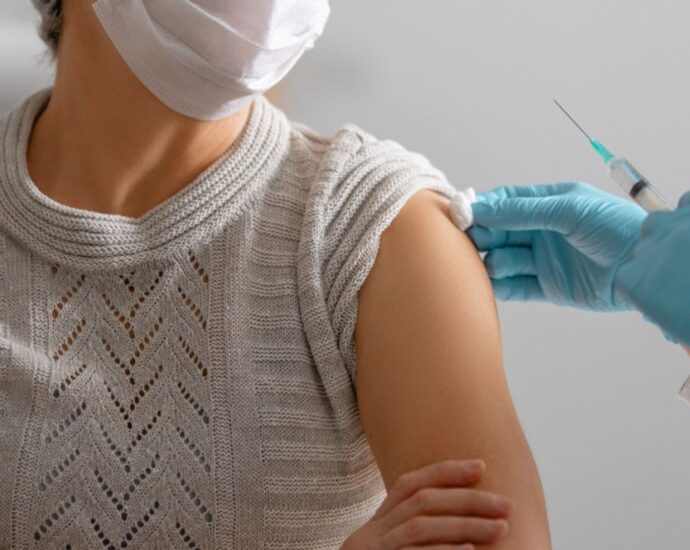HDFC Life to acquire Exide Life Insurance for Rs 6,687 crore
Private sector life insurer HDFC Life on Friday said it’ll acquire a 100 per cent stake in Exide life assurance Company for Rs 6,887 crore from Exide Industries Ltd (EIL) and subsequently, it’ll be merged with HDFC Life, subject to regulatory approvals. This marks one among the primary and thereforeContinue Reading
Is Ben Affleck and Laurene Powell-Jobs Dating each other?- Both seen dinning together at Los Angeles
Ben Affleck and his long-time friend Billionaire Philanthropist Laurene Powell-Jobs were noticed dining together on Tuesday night at a l. a. restaurant. The report at the beginning mentioned Affleck’s partner as a “mystery blonde,” however she was quickly known by social media users as Powell-Jobs. The actor, 47, was noticedContinue Reading
Satellite Imagery Shows North Korean Troops Preparing for Military Parade – Reports
North Korean troops are spotted in commercial satellite imagery preparing for a possible military parade, consistent with two organisations that track the country. Possible dates for such an occasion are unconfirmed, but North Korea has used recent parades to unveil new military hardware, including large ballistic missiles Practice for giantContinue Reading
How Many Variants Will Fans See In Loki Season 2?
With Loki Season 1 ending on a high note, people have already began to believe Season 2. All the fans of this series expect tons more from this Season. to possess all the small print about Loki Season 2, read here MCU fans are considerably thrilled, downhearted and anxious atContinue Reading
New Apple smartwatch with larger screen suffers production snags
This isn’t the primary time Apple encountered issues, whilst the primary version was also delayed in 2015 thanks to production problems Apple Inc.’s upcoming smartwatch is suffering production snags as manufacturers suits a replacement design, likely resulting in supply constraints or shipment delays, consistent with a source conversant in things Continue Reading
Kangana Ranaut: All Set To Start Her New Mission With The Film Tejas
The Bollywood actor, Kangana Ranaut recently bound up the shooting for her upcoming movie i.e. Dhaakad. She has now moved on to her other project that’s Tejas. this is often getting to be the simplest movie of hers because during this film she goes to play the role of anContinue Reading
OnePlus Nord 2 gets gaming optimizations, OnePlus 7 series gets Bitmoji in new updates
It comes with battery optimizations for PUBG and other gaming titles, which should hopefully put an end to the unusually high battery drain some people saw when gaming. Additionally, a face unlocking bug has been fixed, camera app stability has been further improved, and therefore the security patch level isContinue Reading
Taliban reach out to India; US hits ‘bomber’
The Taliban made overtures to India on a restive Sunday in Kabul that remained the scene of hectic talks. The already-tense environment within the city was punctuated by an explosion that the Taliban said was a US attack on a terrorist heading for the airport. A shortwhile before the airstrike,Continue Reading
‘Sex/Life’ Reportedly Renewed for Season 2 at Netflix
The romantic drama series is made by Stacy Rukeyser and was added to the service on June 25th, 2021 This information comes from a trusted source of ours. This source has previously told us about the renewals of shows like Ozark, Fate; The Winx Club, and Warrior Nun, all ofContinue Reading
COVID-19 bigger blood clot threat than vaccines, UK study finds
A coronavirus infection presents a way higher risk of developing a grume than the primary dose of either the Oxford/AstraZeneca or the Pfizer/BioNTech jab, an outsized study led by the University of Oxford said on Friday. The research used findings from quite 29 million people that were vaccinated with theContinue Reading
‘Chesapeake Shores’ Season 5 Coming to Netflix Weekly
It’s felt like an eternity for a replacement season of Chesapeake Shores which last aired back in 2019 and skipped a season releasing in 2020 for obvious reasons Now the show feel-good show supported the novel series from Sherryl Woods is back. Most notably for season 5, Robert Buckley hasContinue Reading











